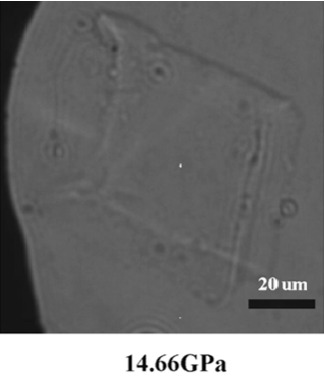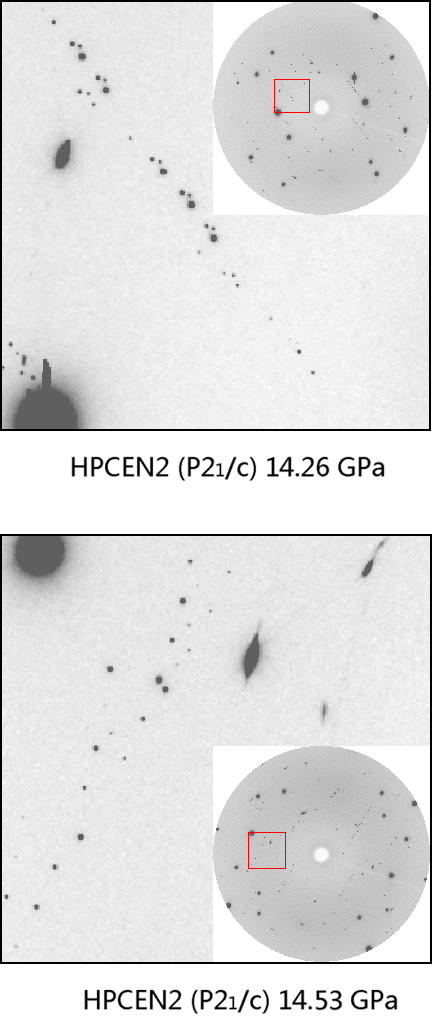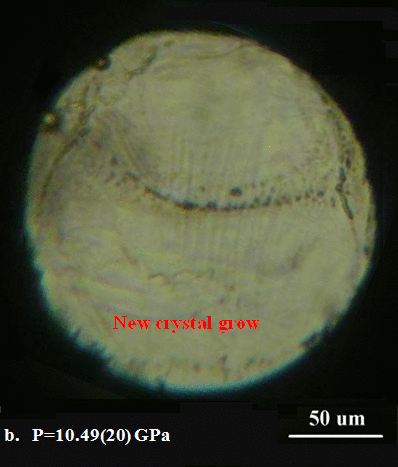
Mineral physics
Where physics and chemistry meet Earth and planetary sciences
Research Interest
PI's main research interest is the structure, composition, and dynamical processes of Earth’s mantle, utilizing high pressure diamond anvil cell and multi anvil press techniques with spectroscopy, X-ray diffraction, and petrological analysis.
I am also interested in material science studies, e.g. phonic crystals as advanced materials, which could potentially have wide applications in heat transfer.
High-pressure High-temperature Mineral Physics
Temperature is a bottleneck for high pressure high temperature Brillouin experiments.
Regular resistance heating method using Pt/Rh heating wires: working temperature on a routine basis <= 500˚C
Combine CO2 laser heating with Brillouin spectroscopy is necessary for measuring sound velocities of minerals under pressure temperature conditions of real earth.


Brillouin Measurement

Sound Velocity Measurements at Real Earth Condition


Experiments:
-
Diamond Anvil Cell & Multi-anvil Press:
-
Density measurements
-
Phase relations
-
Sound velocity measurements
-
Study the Earth interior from interdisplainary work
Seismology:
-
Tomography
-
Discontinuity
Geodynamics:
-
Density & Petrology
-
Rheology & Elasticity
Example: Study Mantle composition using the sound velocity jumps across the 410 discontinuity

-
(top) Olivine velocity isotherms
-
(right) Olivine and wadsleyite velocities along different geotherms with comparison to different local seismic models


PA5 PAC06
TNA2
TNA2
Schmandt12
-
(top) Based on the seismic velocity jumps across the 410 discontinuity at different locations, estimation of olivine content is possible.
-
Central Pacific: olivine-poor
-
East Pacific/West US: olivine-rich

Discover New High-pressure Phase Transitions
Example: OEN(Pbca) to HPCEN2(P21/c) phase transition
Single-crystal XRD
Optical Observation: Tan OEN (10mol% Fe)
Raman signitures




Elastic Response to Phase Transitions
Example 1: OEN(Pbca) to HPCEN2(P21/c) transition
Example 2: CO2-I to CO2-III phase transition
Optical Observation Anisotropy Change across the transition
Anisotropy Change -characteristic feature



CO2-I CO2-III
Material Science
Phononic crystals, with periodic variation in the density and elastic properties, can exhibit forbidden bands in their acoustic transmission spectrum. This type of material prevents elastic wave propagation in certain frequencies and could be used to manipulate the propagation of acoustic waves by engineering the phonon band structure.
I assist design and build up the angle resolved Brillouin spectroscopy system for mapping out the phonon dispersion curve over the entire Brillouin zone at hypersonic frequency region.
(a) A SEM top-view image of the PS/PDMS phononic crystal;
(b) reflection spectrum at an incidence angle of 8o.

(a) Phonon band gaps measured forPS/PDMS phononic crystal
(b) A FE computed phononic dispersion superposed with BLS data

